Choosing the Perfect Hearing Aid for Your Lifestyle

The right hearing aid has the power to change your life. But choosing one from many options can feel overwhelming. Today’s hearing aids are more than just simple sound boosters. These gadgets now link up to your phone without wires, let you take calls, and create rich all-around sound experiences.
Finding the best hearing aid for you depends on your daily routine how much help you need to hear, and what matters most to you. You’ll see lots of choices – from models that sit behind your ear starting at $1,500 to complex ones that fit inside your ear canal full of smart features. Each kind has its own plus points. We’re here to walk you through different types, features, and key things to think about, to help you find a hearing aid that’s just right for your everyday life.
1. Understanding Your Hearing Needs
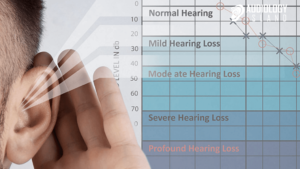
People lose their hearing in different ways. You should know your own hearing needs. Here are three main types of hearing loss that change how you hear sounds:
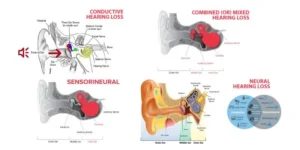
- Sensorineural hearing loss: Happens because of inner ear problems or damaged hair cells
- Conductive hearing loss: Comes from issues in the middle and outer ear
- Mixed hearing loss: Includes both sensorineural and conductive problems
You might need to get your first hearing aid if you notice certain signs. Being around loud noises for a long time or having trouble following talks in noisy places are key reasons to see a doctor. Other signs to watch for include being near very loud noises having family members with hearing loss, or taking medicines that could affect your hearing.
You need to have realistic expectations about hearing aids. These devices can’t restore normal hearing but they can enhance your ability to hear. They assist in detecting sounds that are otherwise difficult to perceive. Your brain requires several weeks to adapt to processing louder sounds. Most hearing care providers offer a trial period to ensure the device meets your needs.
I’ve noticed that people achieve better results with hearing aids when they practice and receive support from family and friends. Also, hearing aids are an effective tool to improve your everyday conversations, although they won’t eliminate all background noise. If you experience hearing loss in both ears, using two hearing aids will yield the best outcomes.
2. Different Types of Hearing Aids
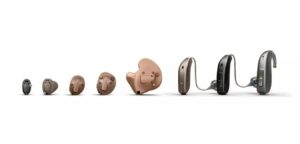
Today’s hearing aids offer a variety of options to suit your specific needs and preferences. Let’s take a look at the main types of hearing aids and what makes each one unique.
a. Behind-the-ear options

Behind-the-ear (BTE) hearing aids are the most adaptable choice for various degrees of hearing loss. These devices hook over the top of your ear and link to a custom earpiece through a slim tube. We’ve created BTE models to have a strong influence on sound amplification making them great amplifiers.
BTE hearing aids have many perks. They come with controls that are easy to use and batteries that last longer. You can choose from big to small sizes that work with rechargeable batteries. BTE models don’t skimp on features – they have room for cutting-edge tech like directional mics and always-on Bluetooth.
b. In-the-ear solutions
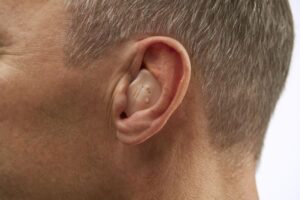
In-the-ear (ITE) hearing aids offer a less noticeable choice by fitting in your ear’s outer part. These custom-made devices come in full or half shell styles. ITE aids provide top-notch sound quality and perform well for mild to severe hearing loss.
ITE hearing aids excel with their personalized fit offering comfort and staying in place. They also boast bigger batteries than smaller custom models resulting in longer use between charges. Users should be aware that ITE aids may pick up more wind noise compared to their smaller counterparts.
c. Starkey hearing aid mode

In the cochlea, sound goes through its last change. The fluid’s movement creates a traveling wave along the basilar membrane where about 25,000 special nerve endings pick up different parts of sound. Interestingly certain areas of the cochlea react to different pitches – hair cells near the wide end catch high-pitched sounds like baby cries, while those near the middle respond to lower pitches like dog barks.
These hair cells transform mechanical vibrations into electrical signals through an interesting process. As they move small projections called stereocilia bend, which opens special channels. This allows chemicals to flow in. The electrical signals that result travel through the auditory nerve to your brain. Your brain processes these signals in the temporal lobe. In this area, your brain separates important sounds from background noise and figures out their location and meaning.
3. Matching Hearing Aids to Daily Activities

Your hearing aid settings have a big impact on how well you hear throughout the day. People talk to others about 57% of their time, so getting the right device settings becomes essential to daily life.
a. Work environment considerations
Modern hearing aids come with clever systems that adapt to your workplace’s sound environment. The device looks at the sounds around you and tweaks its processing on its own. We aimed to handle steady background noise to help you communicate better in office spaces.
Directional microphones have a significant impact on sound quality for professionals in noisy environments. These features focus on sounds from specific directions and reduce background noise. Digital signal processing (DSP) distinguishes between unwanted noise and speech, and it adjusts volume levels to ensure clear hearing.
b. Social settings and sound clarity

People who use hearing aids face unique challenges in social situations. Still newer devices handle complex sound environments through their smart classification systems. The technology monitors several things :
- Number of speakers and their locations
- Noise sources and their positions
- Overall sound levels and clarity
Modern hearing aids change programs by themselves based on the sounds around you. These devices make millions of tiny tweaks every hour to fit your exact needs in any social setting. The precision of these sorting systems helps you get the most out of modern hearing aids in tricky places like restaurants or family gatherings.
4. Smart Features and Connectivity
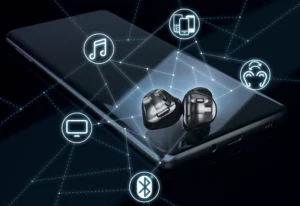
“Bluetooth-compatible hearing aids enable wearers to connect to smartphones, TVs, and computers functioning like traditional earphones.” — Hearing aid technology company
Modern hearing aids now come with impressive connectivity features. These new ideas improve both usefulness and ease of use through seamless integration with everyday devices
a. Bluetooth capabilities

The newest hearing aids have universal Bluetooth connectivity to stream audio from all kinds of devices. People can stream phone calls, music, and other media right to their hearing aids. New models now have Bluetooth Low Energy (LE) technology for quicker pairing and stable connections while using less power.
b. Smartphone integration
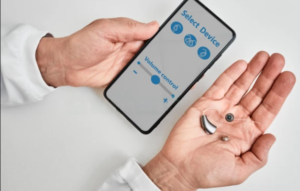
Current hearing aids connect easily with Apple and Android devices. The My Starkey app allows users to control sound quality and personalization options . These companion apps provide:
- Ways to adjust volume and change programs
- Real-time sound customization
- Ways to check battery levels
- Options for remote help
c. Battery life and charging options

Rechargeable hearing aids have simplified daily upkeep. Most models come with handy docking stations that charge overnight. A full charge lasts between 18-30 hours. Users enjoy all-day use even when streaming Bluetooth audio.
Charging is similar to a smartphone – you put the devices in their charging ports before bed. Blue marks the left ear and red marks the right ear making placement easy. Rechargeable batteries need replacement after 4-6 years.
Conclusion
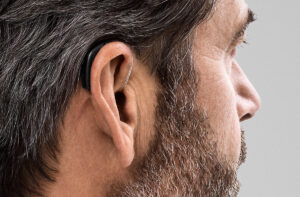
Modern hearing aids have grown far beyond basic sound amplifiers. Our in-depth look shows how current hearing tech combines comfort, function, and smart features to suit different lifestyle needs.
The road to picking the right hearing aid starts when you know what you need and what matters most to you. Different types, from those that sit behind your ear to custom-fit ones that go inside, each have their own perks. Cool features like connecting to your phone through Bluetooth have made these gadgets easier to handle than ever.
A hearing aid that suits you well can change how you experience your day-to-day life at work or when hanging out with friends. These devices fit into your routine with their smart tech that adapts to your surroundings and batteries you can recharge. It’s a good idea to chat with a hearing expert about what you’re looking for. Give different options a try during test periods to find one that matches your way of life.
The best hearing aid is one you’ll wear all the time without any fuss. Keep in mind that getting used to it takes a while, but being able to hear better and talk more makes it all worthwhile.

